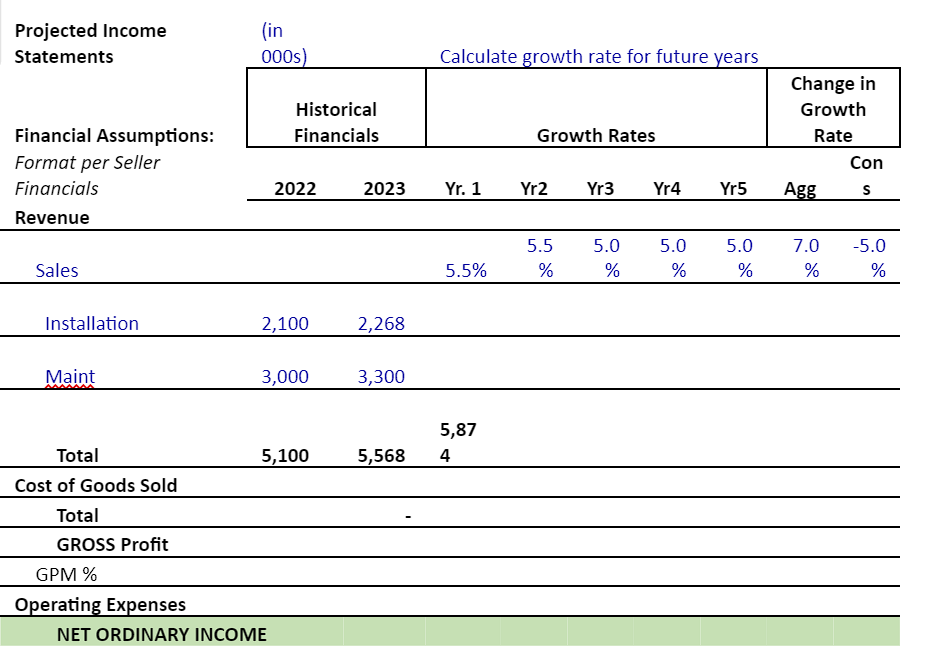Forecasting for a Better Future
It’s time to put away that crystal ball.
Now that you are past the “startup” phase of your business, you’ve arrived at the growth phase. Now your business is experiencing:
- Rapid increase in sales.
- Increase in profits.
- Greater number of customers and market share.
- More brand value and market awareness.
Your action plan should now include:
- A plan with goals that forecast growth with the resources required.
- A plan to anticipate and secure the capital you need to grow the company.
- Realistic forecasts to drive goals and measure your effectiveness.
- Hiring employees to respond to customers and run the business.
- Managing business relationships with vendors and suppliers.
So how does a business owner create a forecast? What should it include? Can’t my accountant just handle this for me? No, this exercise involves the business leaders since they are the drivers of the increased revenues and deciding upon the resources needed to support them. Note that assumptions may be made starting with prior years, but the other opportunity for the management team is to dig into the details for the various costs to better manage them. Some of the data analytic tools becoming more widely available along with the benchmarking standards will provide the insight for improved profitability.
Here is a very simple example to give you an idea of where to start. In the real world, you will build a model that allows you to track revenue streams and their related gross profit margin as well as the different expense categories.

Capital expenditures necessary to support growth can also be laid into a model like this with depreciation, taxes and net income projected. Once the basic model is built and the underlying assumptions are developed by the management team, the power of this type of model is the ability to create “what if” projections using various assumptions and stress test the results. Changes in assumptions will allow the management team to anticipate the need to make changes in pricing, customers, supplies and other investments.
Financial models that capture the results of strategic decisions on the company’s results can also lend themselves to more transparent communications among management and employees. As employees become aware of the impact of their actions on the company’s financial success, KPIs that are relevant to their sphere of control will further engage and empower them to make decisions that support the goals.
These are the kinds of tools that support business owners who are growing their businesses with a view to maximizing their profits and ultimately, their company’s value. When thinking about how these issues might impact your business, we’d be happy if you’d like to have a complimentary conversation with us.
For these and any other exit/sales/buying issues you can reach me via email: [email protected] or on my cell phone at: 224-688-8838.
We’re here to help you Harvest Your Potential!
*DISCLAIMER: Business sales and purchases have risks. Buyers and Sellers should understand that Harvest the Green Partners, Inc. does not provide legal, accounting or tax advice and does not act as licensed attorneys, accountants, or tax advisors. Buyers and Sellers should seek counsel from an attorney, Certified Public Accountant, and any other parties necessary to make an informed decision regarding the transaction. Buyers should conduct their own due diligence. Harvest the Green Partners does not verify information and does not conduct due diligence on the business, the parties, or the business’ records.
